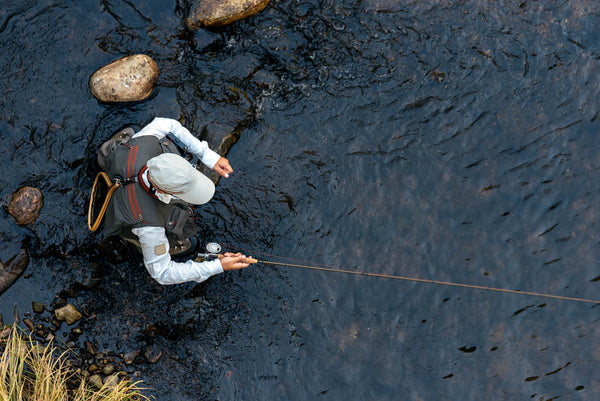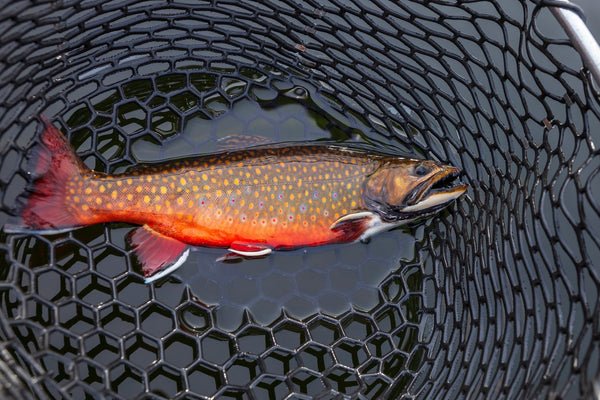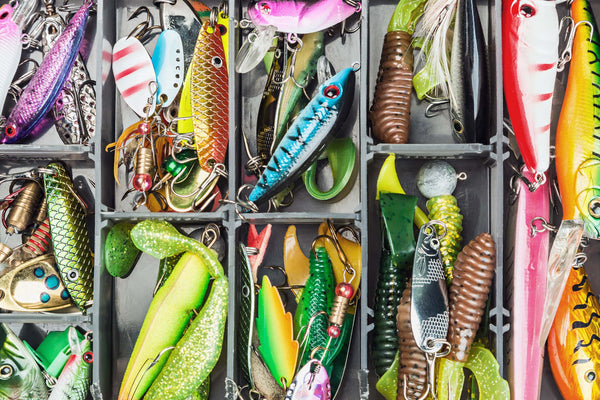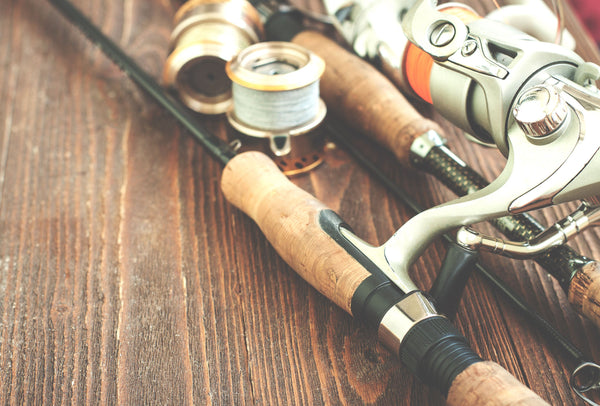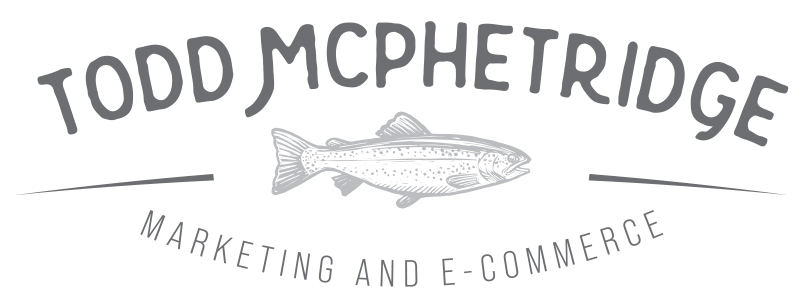Mastering Product Differentiation in the Outdoor Industry
How to Stand Out and Strengthen Your Market Position
In the competitive outdoor industry, having a great product is only the beginning. Standing out requires a clear strategy for product differentiation that communicates what makes your brand unique. Whether you operate in hunting, fishing, boating, ATVs, or fly fishing, effective differentiation can elevate your visibility, improve customer loyalty, and drive higher long-term growth.
Understanding Product Differentiation
Product differentiation means identifying and promoting the qualities that make your products distinct from competitors. These may include superior craftsmanship, innovative technology, exceptional customer service, or a strong brand identity. In the outdoor sector, clear differentiation builds trust and creates loyal customers who identify with your mission and values.
Key Factors That Shape Product Differentiation
- Quality and Durability
- Innovation and Technology
- Brand Story and Values
- Customer Experience
- Design and Aesthetics
- Sustainability Practices
Quality and Durability: The Foundation of Outdoor Gear
Outdoor enthusiasts expect reliability in the gear they use. Emphasizing the durability and craftsmanship of your products reinforces confidence in your brand and supports premium pricing.
- Hunting Gear: Promote advanced materials engineered for extreme weather and terrain.
- Fishing Equipment: Highlight corrosion resistance and precision engineering for performance in freshwater and saltwater.
- Boating Products: Emphasize marine-grade materials and finishes that withstand UV exposure and saltwater.
Innovation and Technology: Staying Ahead of Competitors
Innovation sets leading outdoor brands apart. Incorporating new materials, smart features, or technology-driven design helps attract early adopters and position your brand as an industry leader.
- Hunting: Introduce enhanced optics or digital tracking systems for improved accuracy.
- Fishing: Develop rods and reels that balance strength and sensitivity with modern engineering.
- Boating: Offer eco-efficient engines and advanced onboard navigation features.
Brand Story and Values: Creating Emotional Connection
Your brand story defines who you are and why you exist. When your values align with those of your customers, it strengthens loyalty and advocacy.
- Sustainability: Communicate your efforts to reduce waste and use eco-friendly materials.
- Heritage: Share how your brand began and the purpose driving your product development.
- Community: Promote partnerships with conservation groups or outdoor initiatives that align with your mission.
Customer Experience: Turning Buyers into Advocates
Providing exceptional customer support and frictionless service can be one of the strongest differentiators in the outdoor market. Focus on convenience, responsiveness, and post-purchase value.
- Personalized Support: Offer expert advice, gear recommendations, or setup assistance tailored to customer needs.
- After-Sales Service: Include maintenance guides, video tutorials, or dedicated support channels for premium customers.
- Loyalty Programs: Reward repeat customers with exclusive perks, priority access, or members-only content.
Design and Aesthetics: Merging Function and Form
Well-designed products attract attention and communicate brand quality before a customer ever interacts with them. In the outdoor space, design can bridge functionality with a visual appeal that inspires trust and desire.
- Outdoor Apparel: Combine practical performance features with modern styling and color palettes.
- Gear and Accessories: Design products that look refined while maintaining rugged functionality.
Sustainability: Building Trust with Eco-Conscious Consumers
As sustainability becomes a leading factor in consumer decision-making, integrating eco-friendly practices can serve as a long-term differentiator and reputation builder.
- Materials: Use recycled textiles, metals, or plastics in your production process.
- Manufacturing: Adopt low-impact manufacturing techniques that reduce emissions and waste.
- Partnerships: Collaborate with environmental organizations to reinforce your commitment to conservation.
Implementing Your Differentiation Strategy
Executing a successful product differentiation plan requires clarity, research, and consistent messaging across all marketing channels.
- Market Research: Analyze competitors and identify where your product can lead the category.
- Customer Feedback: Collect insights from real users to guide innovation and messaging.
- Unique Selling Proposition (USP): Define your core value proposition and ensure it’s reflected in all content and promotions.
- Brand Consistency: Keep your story, visuals, and tone unified across your website, social channels, and packaging.
- Continuous Improvement: Regularly refine your products and strategy as market trends and customer needs evolve.
Partner with a Consultant Who Understands Outdoor Brands
Building product differentiation requires deep knowledge of your market and customer psychology. As a marketing consultant focused on the outdoor industry, I help brands identify what makes them unique, develop strong positioning, and communicate that difference effectively across all channels.
Partner with a Consultant Who Understands Outdoor Brands
Building product differentiation requires deep knowledge of your market and customer psychology. As a marketing consultant focused on the outdoor industry, I help brands identify what makes them unique, develop strong positioning, and communicate that difference effectively across all channels.
Product differentiation is more than marketing. It is positioning. If you are ready to define your brand’s edge in a crowded outdoor market, let’s build your strategy together.







